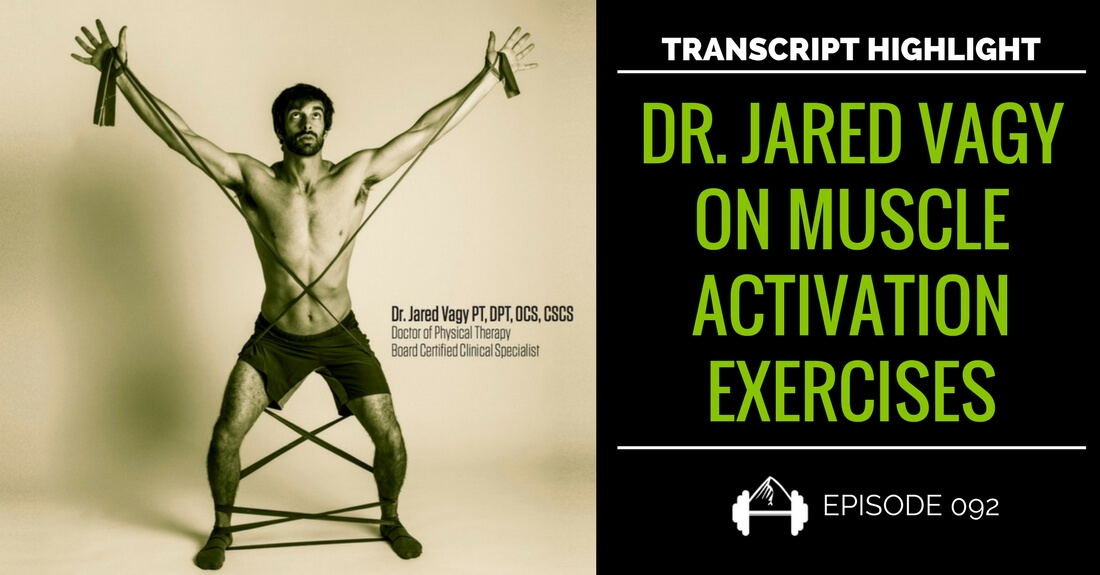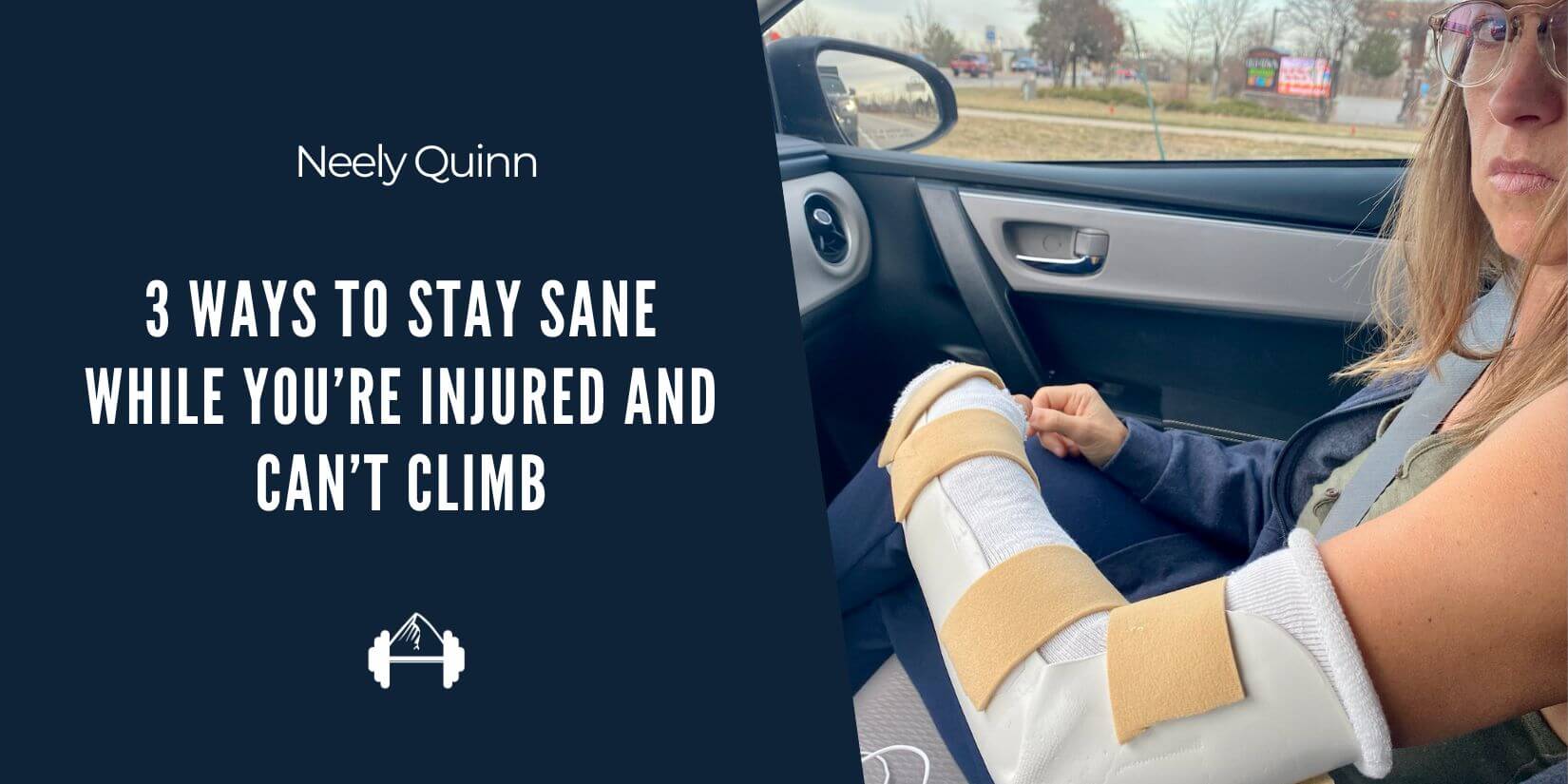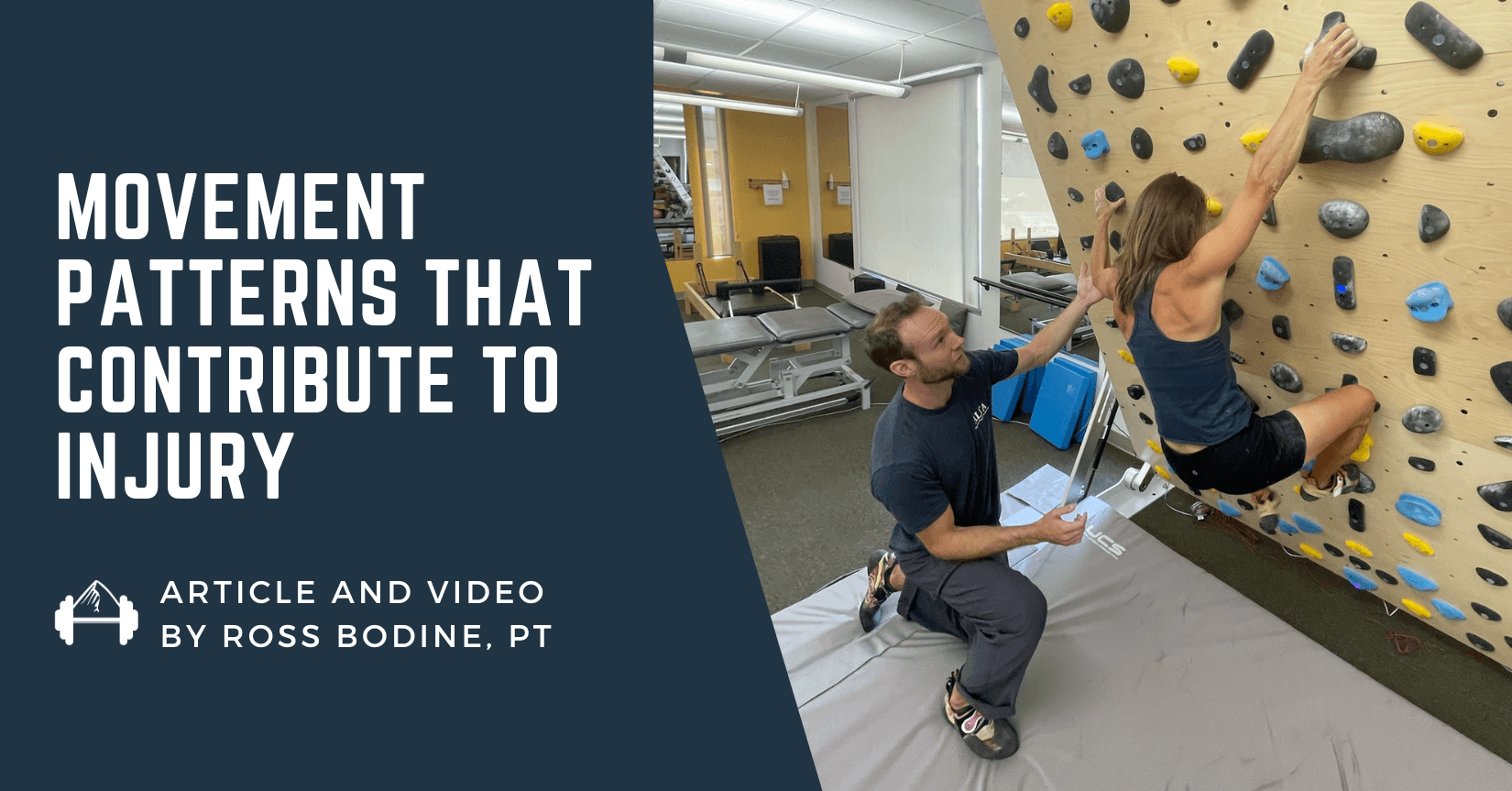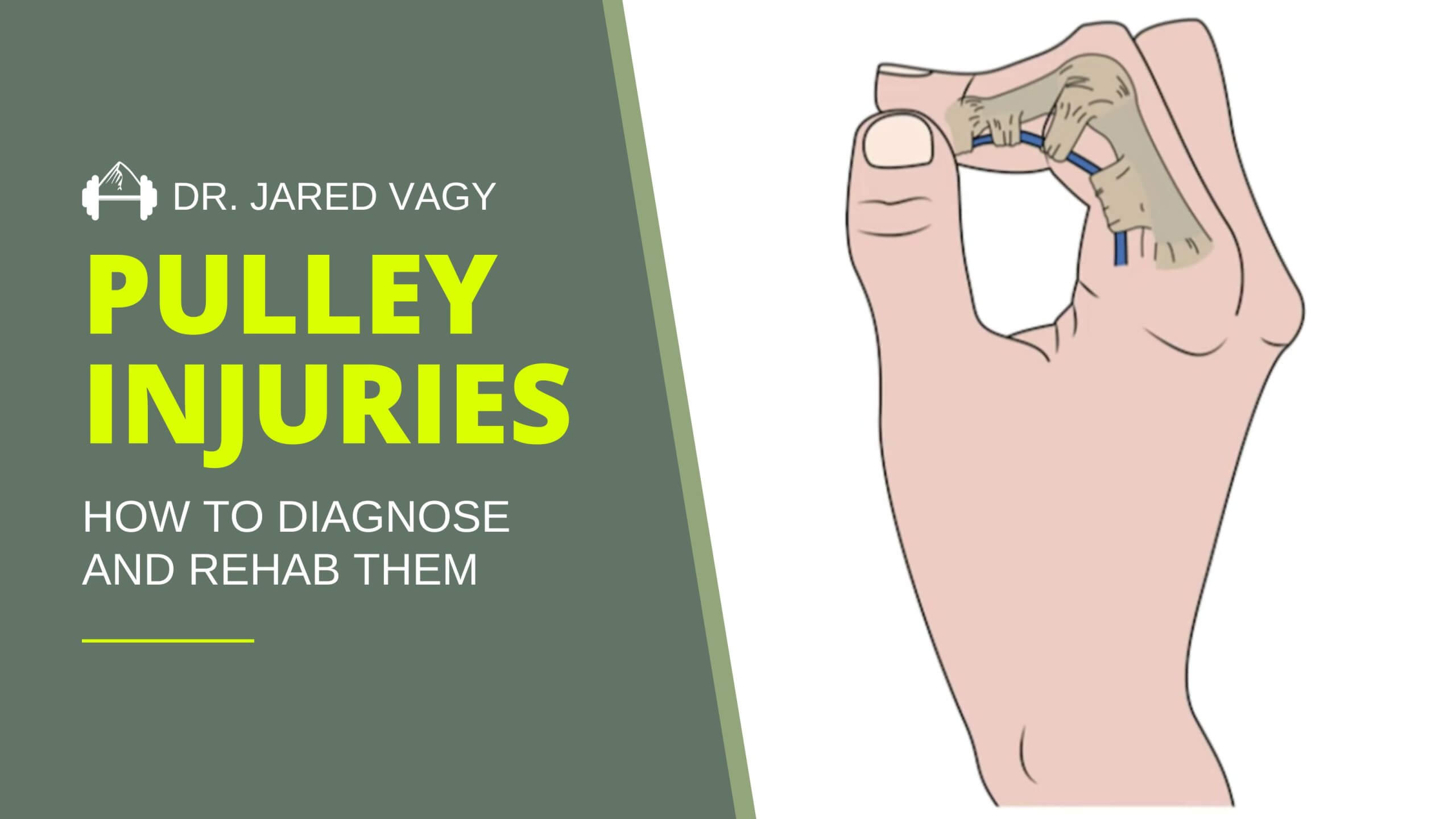While we have definitely learned a lot about how to effectively train for climbing, from a sports science perspective, climbing is still far behind lots of other mainstream sports. We can’t catch up overnight (research takes time!), but one of the best things we can do is borrow from other sports and try to apply their training principles to climbing.
One person who is on the cutting edge of doing this is climber and physical therapist Dr. Jared Vagy. Besides treating climbers, Dr. Vagy works with a variety of Olympic level athletes in disciplines that range from gymnastics to track and field. In his recent TrainingBeta Podcast episode, Dr. Vagy outlined how he feels climbers could learn from gymnasts and incorporate muscle activation exercises into their warm-up to both prevent injury and be better prepared to try hard.
Give it a read and if you like what you see be sure to check out the full episode and transcript by clicking through below!
Additionally, if you want more information from Dr. Vagy about how you can both prevent and treat climbing injuries be sure to check out his Injury Prevention Guide and his Rock Rehab Pyramid Videos!
Dr. Jared Vagy on Muscle Activation Exercises
Neely Quinn: Okay. Out of curiosity, what have you learned from other kinds of athletes about the body, that you can sort of link in with climbers?
Jared Vagy: Working with different sports has really changed the game. I get to see at the Olympic level what these athletes are doing, and then I get to take a snapshot of that and say “Alright, how much of this is being integrated into climbing, and how much really has to be? Do these sports overlap, do they have similar characteristics?”. One of the big concepts, or things that I noticed, that is prevalent in high level sport- and especially this is in gymnastics- is when I do these seminars and I work with a lot of coaches, climbers are starting to catch on that a dynamic warm-up is important. A dynamic warm-up is just taking your limb through a range of motion and going smoothly through it, typically lasting about three seconds. It’s even better of you do a dynamic warm-up with movements that mirror climbing positions.
I believe on our last podcast we went into depth about how to go through these different warm-ups. If anyone wants to check that out, there is a pretty cool video of Jonathan Siegrist going through a climbing specific warm-up on YouTube. I think you just type in “The Climbing Doctor Warm-up” and “Siegrist” and you’ll be able to find it. That’s becoming more and more popular in climbing, but what I’m not seeing as much is muscle activation exercises as part of a warm-up program.
Neely Quinn: Uh, what do you mean?
Jared Vagy: So if you think about it, a dynamic warm-up is going to increase blood flow, increase mobility, warm up your body. But when we climb, we use very specific muscles, and there are certain muscles in our body that we underuse. Those are typically called our antagonist muscles. If you think about it and slump down into a really bad posture, you rotate your shoulders inwards and your arms inwards, and then you come out of that position with a really good posture with your palms forward, the muscles that take you out of that bad posture are called antagonist muscles, and they antagonize the motions that we typically do when we climb.
If we want to prime the pump, per se, if you want to- I give the example if you want to cook something in the oven, what do you do before you put it in the oven? Like put a brownie in the oven, I don’t know the last time I cooked. But what do you do to the oven?
Neely Quinn: You pre-heat it.
Jared Vagy: You pre-heat the oven. So what muscle activation exercises are, are a sustained pressure under a very low, non-fatiguable load. You hold it for about thirty seconds to a minute, and this turns on your antagonist muscles. So, for example, a very easy thing to think about, is if you take a resistance band and tie it around each wrist, so it’s in a loop around each wrist, and then you press out on that band with your rotator cuff and sustain pressure into it, and hold that for about thirty seconds, what you should start feeling is a little bit of a burn. Almost a waking up of the muscles in your rotator cuff. This is something that people often times do as an exercise, but it’s an integral part of a warm-up. Why? Because we need to pre-activate our muscles to support our body before we get on the wall.
By simply adding some resistance band, low level isometrics to pre-heat the oven, then we can prevent more injuries when we get on the wall and start climbing. Even better, if you can do that in climbing specific positions. So instead of just having your arms down by your side with your elbows bent, you can do something such as a wall angel, where you’re spread flat against the wall, you’re pressing your arms really hard and firmly against the wall, sustaining that pressure in a position that’s similar to what you would do when you’re climbing.
Full Episode/Transcript: TBP 092 :: Dr. Jared Vagy’s 4-Step Pyramid for Healing Injuries
(photo courtesy of theclimbingdoctor.com)
More from Dr. Jared Vagy:
- Climb Injury Free with the Rock Rehab Pyramid
- Dr. Jared Vagy – Avoid Rotator Cuff Strains
- TBP 014 :: Physical Therapist Jared Vagy on Injury Prevention and Treatment
- Dynamic Climbing Warm-Up






Leave A Comment